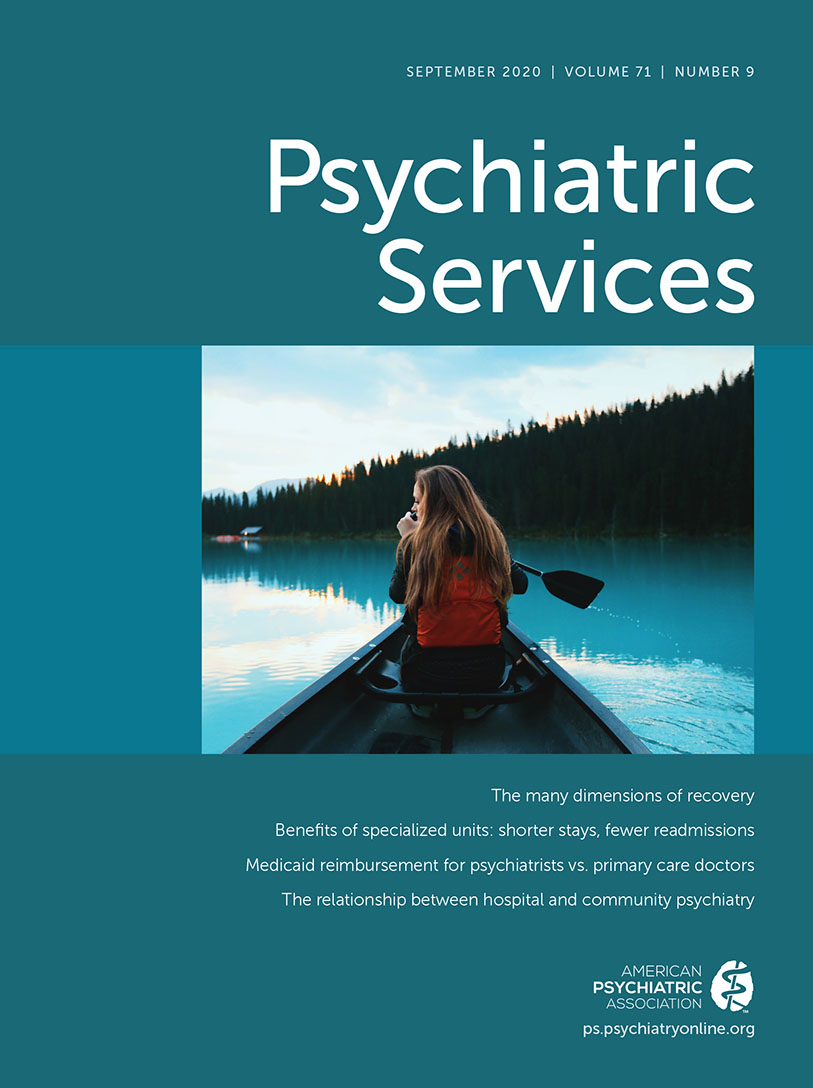Informed Consent: A Policy Prescription for Communicating Benefit and Risk in State Medical Marijuana Programs
Abstract
In creating medical marijuana laws, state governments signal to the public that marijuana can safely and effectively treat a wide range of diseases. In many cases, these state approvals overestimate the benefits of marijuana and understate the risks. After a comprehensive review of the medical literature, the National Academies of Sciences, Engineering, and Medicine identified six medical benefits from marijuana that were supported with at least a moderate level of medical evidence and 14 potential health hazards. In contrast, the average state medical marijuana program lists 18 medical benefits, and 24 state medical marijuana program websites say nothing about possible risks. Medication approval processes through the federal government traditionally require independent analysis of data from well-designed clinical trials that measure the effectiveness and capture the risks of adverse effects from specific doses of the medicine. These considerations are generally missing from state approvals of medical marijuana. The power to declare something to be a legitimate medicine comes with the responsibility to provide information that people need to use the medicine wisely. The authors recommend that states that declare marijuana to be a medicine should inform the public about the quality of medical evidence behind each approved use and publicize all scientifically credible risks.



